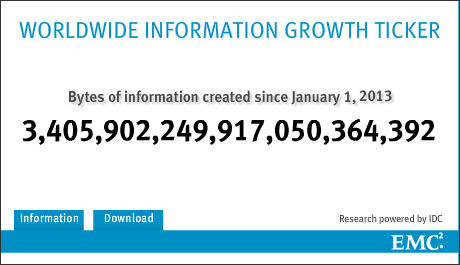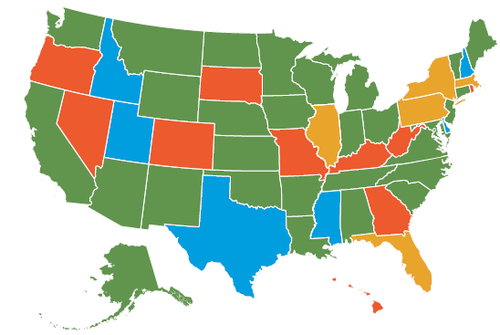Transitional Times for Two Big Names in eDiscovery – eDiscovery Trends

The more things change, the more they stay the same. Even for popular entities such as EDRM and the eDJ Group.
As reported in Law Technology News (EDRM Transitions to Nonprofit Status) by none other than George Socha, co-founder (along with Tom Gelbmann) of the Electronic Discovery Reference Model (EDRM), by May 2014, EDRM will become a nonprofit organization.
As Socha notes in the article:
“When we launched EDRM, we figured it would have a one-year lifespan — focused on addressing two fundamental sets of questions:
1. What is electronic discovery?
2. What might we all do about it at a practical level?”
Now, they’re in their ninth year, growing from 35 participants at that first meeting in May 2005 to over 260 organizations that have participated in EDRM. On a personal note, I’ve participated since the second year and eDiscovery Daily has published 159 blog posts to date about EDRM and its phases.
For EDRM to be an ongoing entity, it has to be about more than the founders. As Socha stated in the article, “for EDRM to grow and remain relevant and viable over the long term it cannot continue to be viewed as ‘the George-and-Tom show.’ We heartily agree.”
Transition is also afoot for another organization that has been a terrific resource for eDiscovery information: The eDJ Group. If you’re not familiar with the name, you probably recognize their web site – eDiscovery Journal. Now, as Sean Doherty reports in Law Technology News (eDJ Group Puts a New Face on a New Website), eDiscoveryjournal.com is now retired and replaced by the new website (http://edjgroupinc.com).
As Doherty notes in his article, “The big news: The new eDJ website, unlike the eDiscovery Journal, is not supported by vendors. The eDJ Group now offers Platinum, Gold and free (with registration) subscriptions to content comprising research reports, surveys, analyst notes, blogs and the eDJ Matrix”, which is “a SQL database of e-discovery technology, applications and services”.
Doherty also reports that “Paid subscriptions to eDJ content start at $500 for Gold membership, which provides access to executive summaries, short reports, analysts’ notes and the eDJ Matrix. A platinum subscription provides full access to all content and a free subscription with registration includes access to blogs, free reports and the Matrix. Paid subscriptions are sans advertisement.”
It will be interesting to see how the changes impact both organizations.
So, what do you think? Where do you get your information about eDiscovery? Besides eDiscovery Daily, of course! Please share any comments you might have or if you’d like to know more about a particular topic.
Disclaimer: The views represented herein are exclusively the views of the author, and do not necessarily represent the views held by CloudNine Discovery. eDiscoveryDaily is made available by CloudNine Discovery solely for educational purposes to provide general information about general eDiscovery principles and not to provide specific legal advice applicable to any particular circumstance. eDiscoveryDaily should not be used as a substitute for competent legal advice from a lawyer you have retained and who has agreed to represent you.







